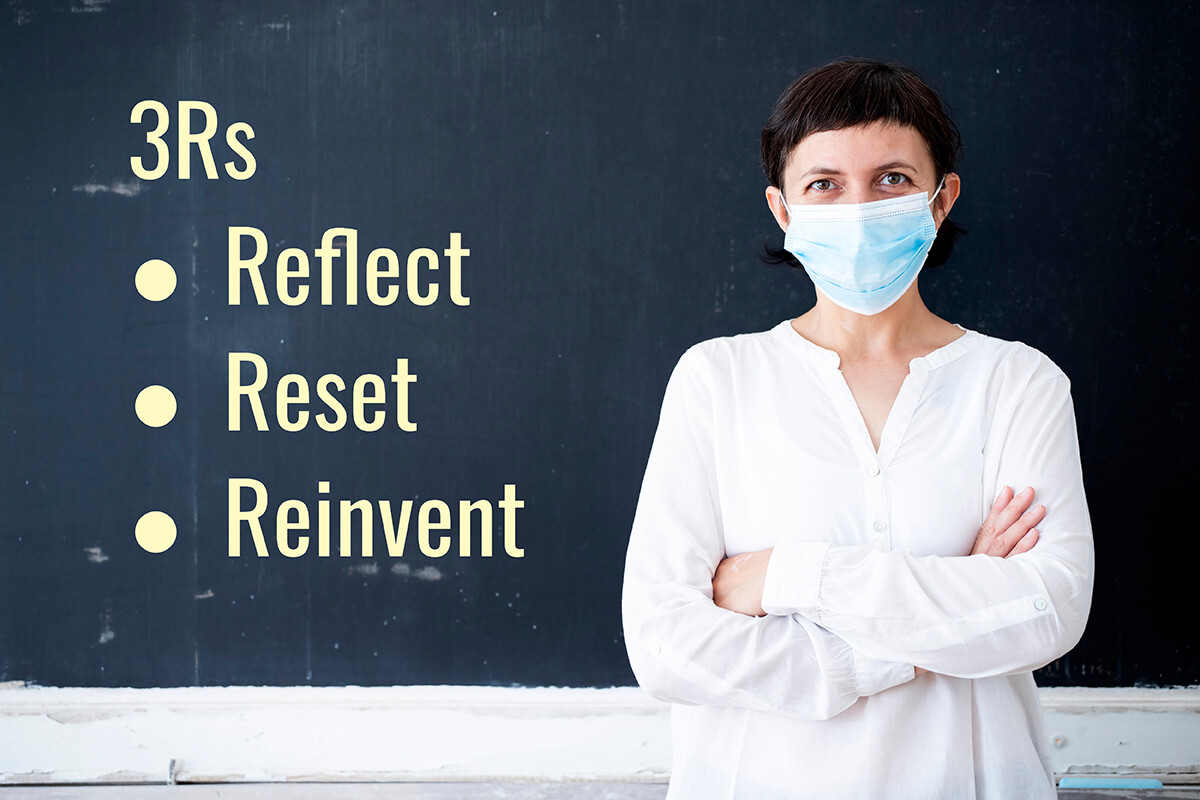Our Unpleasant Truths | Will Richardson series:
School leaders might want to rethink the next three- or five-year “strategic plan” process that will at some point land on their to-do lists.
I mean, we can scarcely plan for next week let alone next year, right?
What the chaos of the last 14 months or so is trying hard to teach us is that we’re entering a long period, maybe a permanent period of “no-normal.” As the author and philosopher Meg Wheatly writes in her brilliant essay “Willing to be Disturbed”:
But the world now is quite perplexing. We no longer live in those sweet, slow days when life felt predictable, when we actually knew what to do next. We live in a complex world, we often don’t know what’s going on, and we won’t be able to understand its complexity unless we spend more time in not knowing.
Meg Wheatly
Trying…

